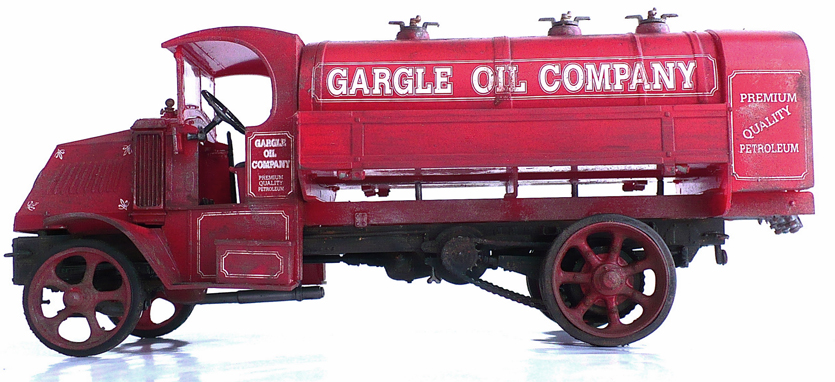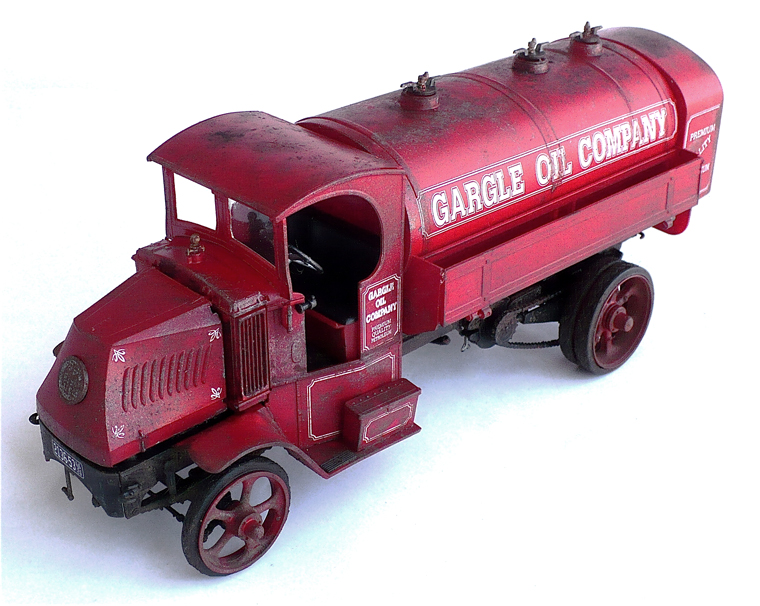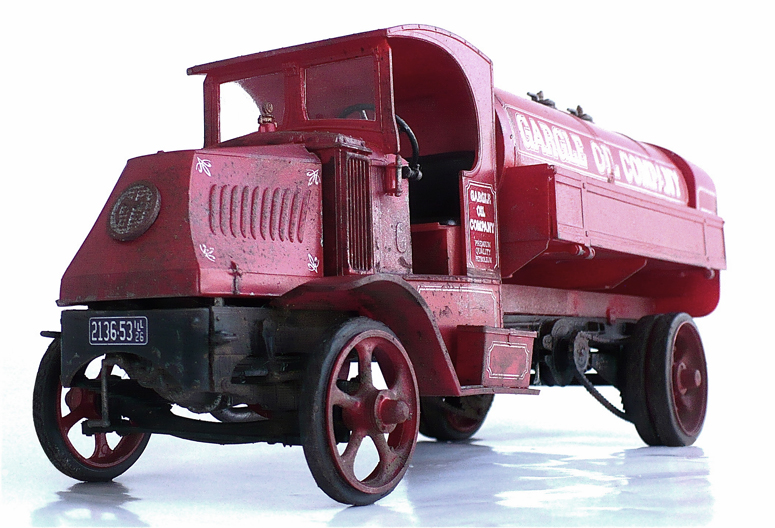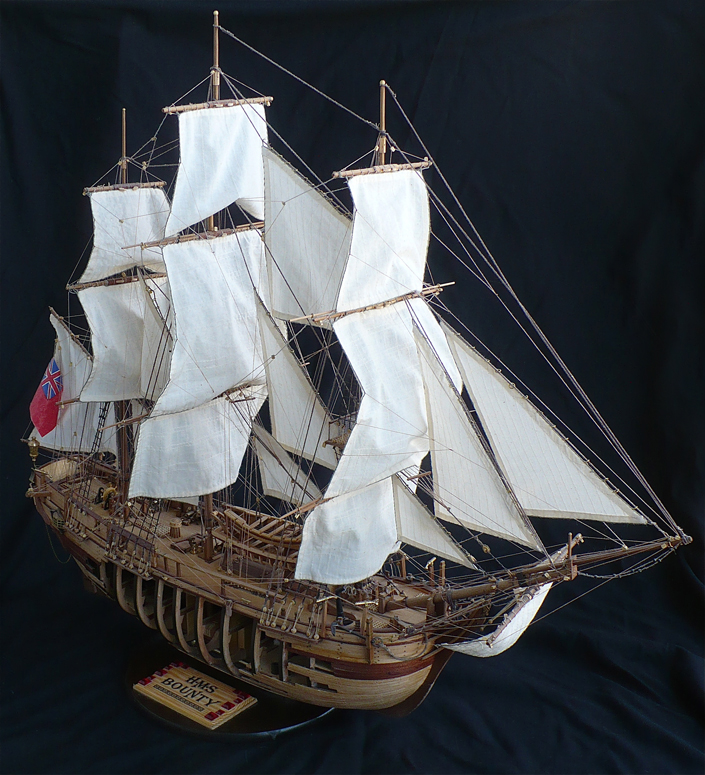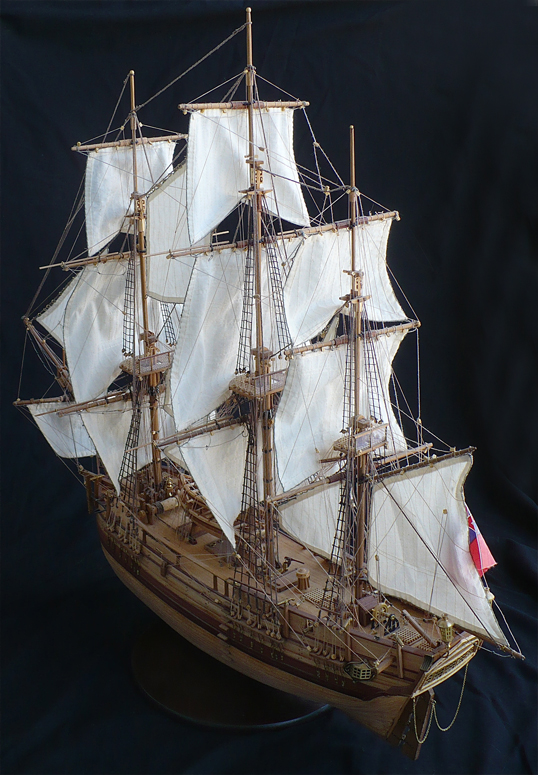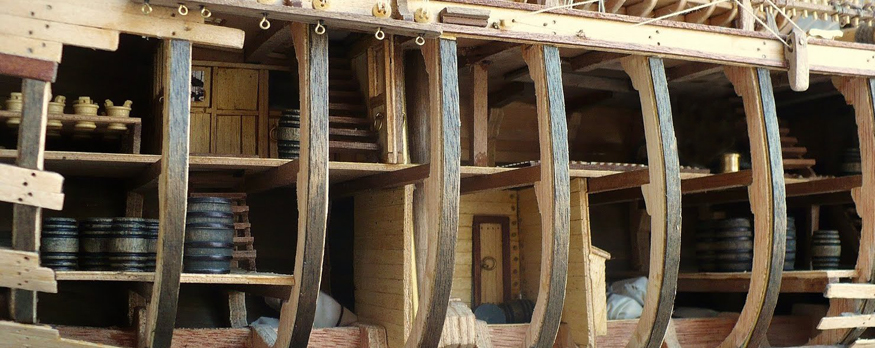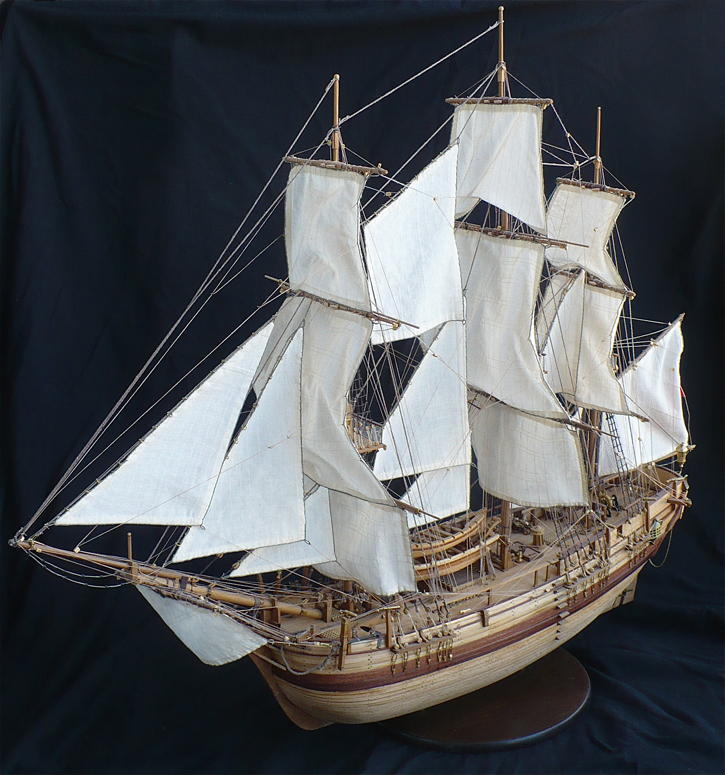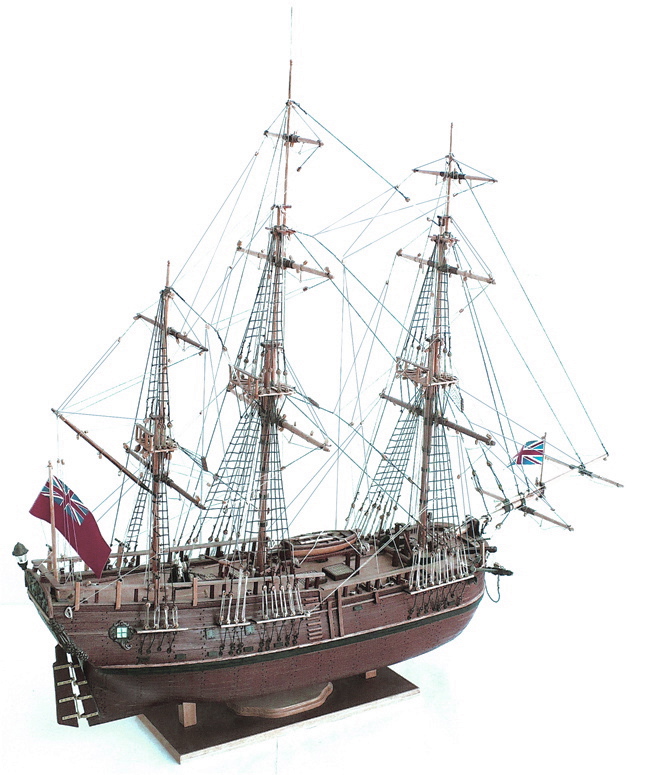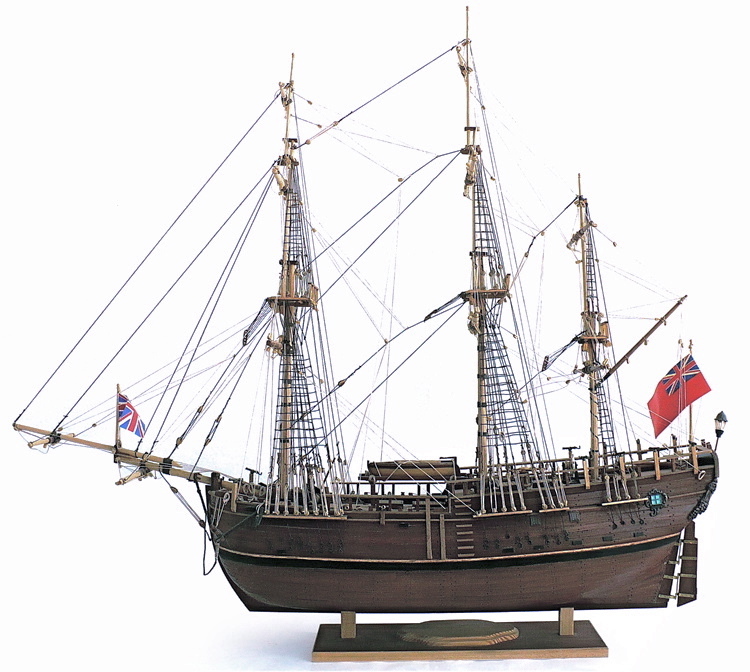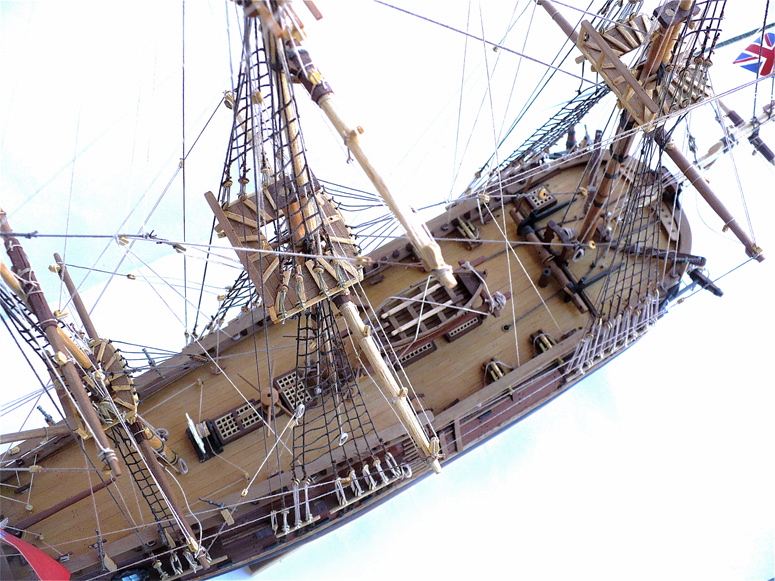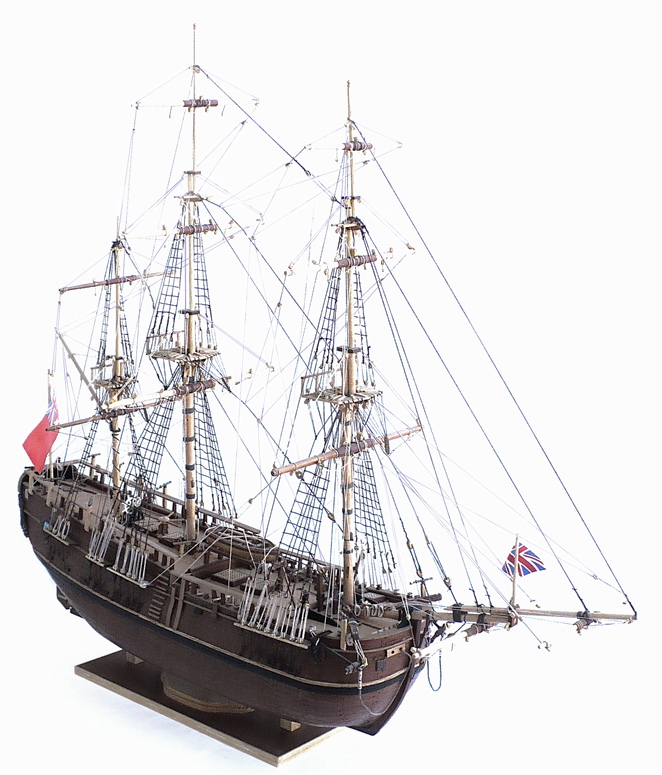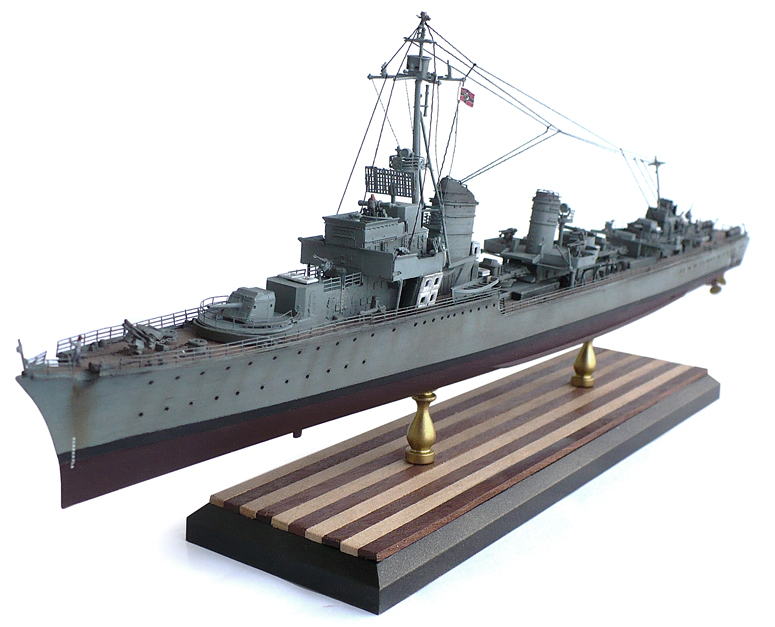Here are some more images of Trumpeter's 1/200 scale USS Arizona (BB-39) Battleship.
Probably the most detailed and largest Arizona kit you will find. A beautiful model kit.
From Wikipedia"
USS Arizona (BB-39) was a
Pennsylvania-class battleship built for the
United States Navy and the first to be named "Arizona". On 4 March 1913,
Congress authorized the construction of
Arizona, named to honor the
48th state's admission into the union on 14 February 1912. The ship was the second and last of the
Pennsylvania class of "super-dreadnought" battleships. Her keel was laid at the
Brooklyn Navy Yard on 16 March 1914. She was
launched on 19 June 1915, sponsored by Esther Ross, the daughter of a prominent Arizona pioneer, W.W. Ross of
Prescott, Arizona. The ship's remaining machinery, including new Parsons turbines,
was installed, and she was
commissioned at her builder's yard on 17 October 1916, with
Captain John D. McDonald in command.
Arizona served stateside during
World War I. She is mostly remembered because of her sinking, with the loss of 1,177 lives, during the
Japanese attack on
Pearl Harbor on 7 December 1941, the event that provoked the United States into entering
World War II. Unlike most of the other ships sunk or damaged that day, the
Arizona could not be salvaged, although the U.S. Navy removed several elements of the ship that were reused.
The
wreck still lies at the bottom of Pearl Harbor. The
USS Arizona Memorial, dedicated in 1962 to all those who died during the Pearl Harbor attack, was built astraddle the ship's
hull. The
Arizona retains the right, in perpetuity, to fly the
United States flag as if she were an active, commissioned naval vessel.
Arizona was significantly larger than her predecessors of the
Nevada class. As completed she had an
overall length of 608 feet (185.3 m), a
beam of 97 feet (29.6 m) (at the
waterline), and a
draft of 29 feet 3 inches (8.9 m) at
deep load. This was 25 feet (7.6 m) longer than the older ships. She displaced 29,158 long tons (29,626 t) at
standard and 31,917 long tons (32,429 t) at deep load, over 4,000 long tons (4,060 t) more than the older ships. The ship had a
metacentric height of 7.82 feet (2.4 m) at deep load.
The ship had four
Parsons steam turbine sets, each of which drove a propeller 12 feet 1.5 inches (3.7 m) in diameter.
They were powered by twelve
Babcock & Wilcox water-tube boilers. The turbines were designed to produce a total of 31,500
shaft horsepower (23,500 kW), but only achieved 29,366 shp (21,898 kW) during
Arizona's
sea trials, when she slightly exceeded her designed speed of 21
knots (39 km/h; 24 mph). She was designed to carry 1,548 long tons (1,573 t) of
fuel oil,
but had a maximum capacity of 2,305 long tons (2,342 t). At full
capacity, the ship could steam at a speed of 12 knots (22 km/h; 14 mph)
for an estimated 7,552
nautical miles (13,990 km; 8,690 mi) with a clean bottom. She had four 300-kilowatt (402 hp)
turbo generators.
Arizona carried twelve 45-
caliber 14-inch guns in triple
gun turrets.
The turrets were numbered from I to IV from front to rear. The guns
could not elevate independently and were limited to a maximum elevation
of +15° which gave them a maximum range of 21,000 yards (19,000 m).
The ship carried 100 shells for each gun. Defense against
torpedo boats was provided by twenty-two 51-caliber
five-inch guns mounted in individual
casemates in the sides of the ship's hull. They proved to be very wet and could not be worked in heavy seas.
At an elevation of 15°, they had a maximum range of 14,050 yards (12,850 m).
Each gun was provided with 230 rounds of ammunition.
The ship mounted four 50-caliber
three-inch guns for
anti-aircraft defense, although only two were fitted when completed. The other pair were added shortly afterwards on top of Turret III.
Arizona also mounted two 21-inch (533 mm)
torpedo tubes and carried 24
torpedoes for them.
The
Pennsylvania-class design continued the
all or nothing principle of armoring only the only most important areas of the ship begun in the preceding
Nevada class. The
waterline armor belt of
Krupp armour measured 13.5 inches (343 mm) thick and only covered the ship's machinery spaces and
magazines.
It had a total height of 17 feet 6 inches (5.3 m), of which 8 feet
9.75 inches (2.7 m) was below the waterline; beginning 2 feet 4 inches
(0.7 m) below the waterline, the belt tapered to its minimum thickness
of 8 inches (203 mm).
The transverse
bulkheads
at each end of the ship ranged from 13 to 8 inches in thickness. The
faces of the gun turrets were 18 inches (457 mm) thick while the sides
were 9–10 inches (230–250 mm) thick and the turret roofs were protected
by 5 inches (127 mm) of armor. The armor of the
barbettes was 18 to 4.5 inches (457 to 114 mm) thick. The
conning tower was protected by 16 inches (406 mm) of armor and had a roof eight inches thick.
The
main armor deck was three plates thick with a total thickness of 3
inches (76 mm); over the steering gear the armor increased to 6.25
inches (159 mm) in two plates. Beneath it was the splinter deck that
ranged from 1.5 to 2 inches (38 to 51 mm) in thickness.
The boiler uptakes were protected by a conical
mantlet that ranged from 9–15 inches (230–380 mm) in thickness.
A three-inch
torpedo bulkhead was placed 9 feet 6 inches (2.9 m) inboard of the ship's side and the ship was provided with a complete
double bottom. Testing in mid-1914 revealed that this system could withstand 300 pounds (140 kg) of
TNT.
Shortly before 8:00 am,
Japanese aircraft from six
aircraft carriers
struck the Pacific Fleet as it lay in port at Pearl Harbor, and—in the
ensuing two attack waves—wrought devastation on the Battle Line and on
air and military facilities defending Pearl Harbor. Onboard
Arizona, the ship's air raid alarm went off about 07:55, and the ship went to
general quarters soon thereafter. Shortly after 08:00, the ship was attacked by 10
Nakajima B5N "Kate"
torpedo bombers, five each from the carriers
Kaga and
Hiryū. All of the B5Ns were carrying 410-millimeter (16.1 in)
armor-piercing shells modified into 797-kilogram (1,760 lb) aircraft bombs. Flying at an estimated altitude of 3,000 meters (9,800 ft)
Kaga's aircraft bombed from amidships to the ship's stern and were followed shortly afterwards by
Hiryu's bombers which bombed the bow area.
The preliminary report, filed on 28 January 1942, on the damage suffered by
Arizona during the attack listed seven bomb hits as well one
torpedo hit on the port bow forward. This last hit was based on a report from the captain of the
repair ship Vestal moored alongside and could not be verified at the time. One bomb was thought to have gone down the stack,
but this was contradicted when the ship's superstructure was salvaged in 1942 and the cap of the
funnel was intact. Later assessments show a total of four hits on the
Arizona,
plus three near misses. The near miss off the port bow is believed to
have caused observers to believe that the ship had been torpedoed,
although no torpedo damage has been found. The sternmost bomb ricocheted
off the face of Turret IV and penetrated the deck to detonate in the
captain's pantry, causing a small fire. The next forwardmost hit was
near the port edge of the ship, abreast the mainmast, and probably
detonated in the area of the anti-torpedo bulkhead. The next bomb struck
near the port rear 5-inch AA gun.
The last bomb hit at 08:06 in the vicinity of Turret II, likely penetrating the armored deck near the ammunition
magazines
located in the forward section of the ship. While not enough of the
ship is intact to judge the exact location, its effects are
indisputable. About seven seconds after the hit, the forward magazines
detonated in a cataclysmic explosion. It mostly vented through the sides
of the ship and destroyed much of the interior structure of the
forward part of the ship. This caused the forward turrets and conning
tower to collapse downwards some 25–30 feet (7.6–9.1 m) and the
foremast and funnel to collapse forward.
The explosion took 1,177 lives of the 1,400 crewmen on board at the
time, almost half of the lives lost during the attack. The explosion
touched off fierce fires that burned for two days; debris showered down
on Ford Island in the vicinity. Ironically, the blast from this
explosion also put out fires on the repair ship
Vestal, which was moored alongside.
Two competing theories have arisen about the cause of the explosion. The first is that that the bomb detonated in or near the
black powder
magazine used for the ship's saluting guns. This would have detonated
first and then ignited the smokeless powder magazine which was used for
the ship's main armament. A 1944 Navy
Bureau of Ships
report suggests that a hatch leading to the black powder magazine was
left open, possibly with inflammable materials stocked nearby. The
Naval History & Heritage Command explained that black powder might have been stockpiled outside of the armored magazine.
This theory is attractive because black powder is easy to ignite and
the relatively small amount of explosive filler in the bomb could have
easily done so. The alternative explanation is that the bomb penetrated
the armored decks and detonated directly inside one of the starboard
magazines for the main armament. The problem is that smokeless powder is
relatively insensitive to fire and the 14-inch powder bags actually
required a black powder pad to ignite the powder. However, it seems
unlikely that a definitive answer to this question will ever be found as
the surviving physical evidence is insufficient to determine the cause
of the magazine explosion.
Japanese credit for sinking
Awards and recognition
Acts of heroism on the part of
Arizona's officers and men were many, headed by those of
Lieutenant Commander Samuel G. Fuqua,
the ship's damage control officer, whose coolness in attempting to
quell the fires and get survivors off the ship earned him the
Medal of Honor.
Posthumous awards of the Medal of Honor also went to Rear Admiral
Isaac C. Kidd, the first flag officer killed in the Pacific war, and to Captain
Franklin Van Valkenburgh, who reached the bridge and was attempting to defend his ship when the bomb that hit the ammunition magazines destroyed her.











